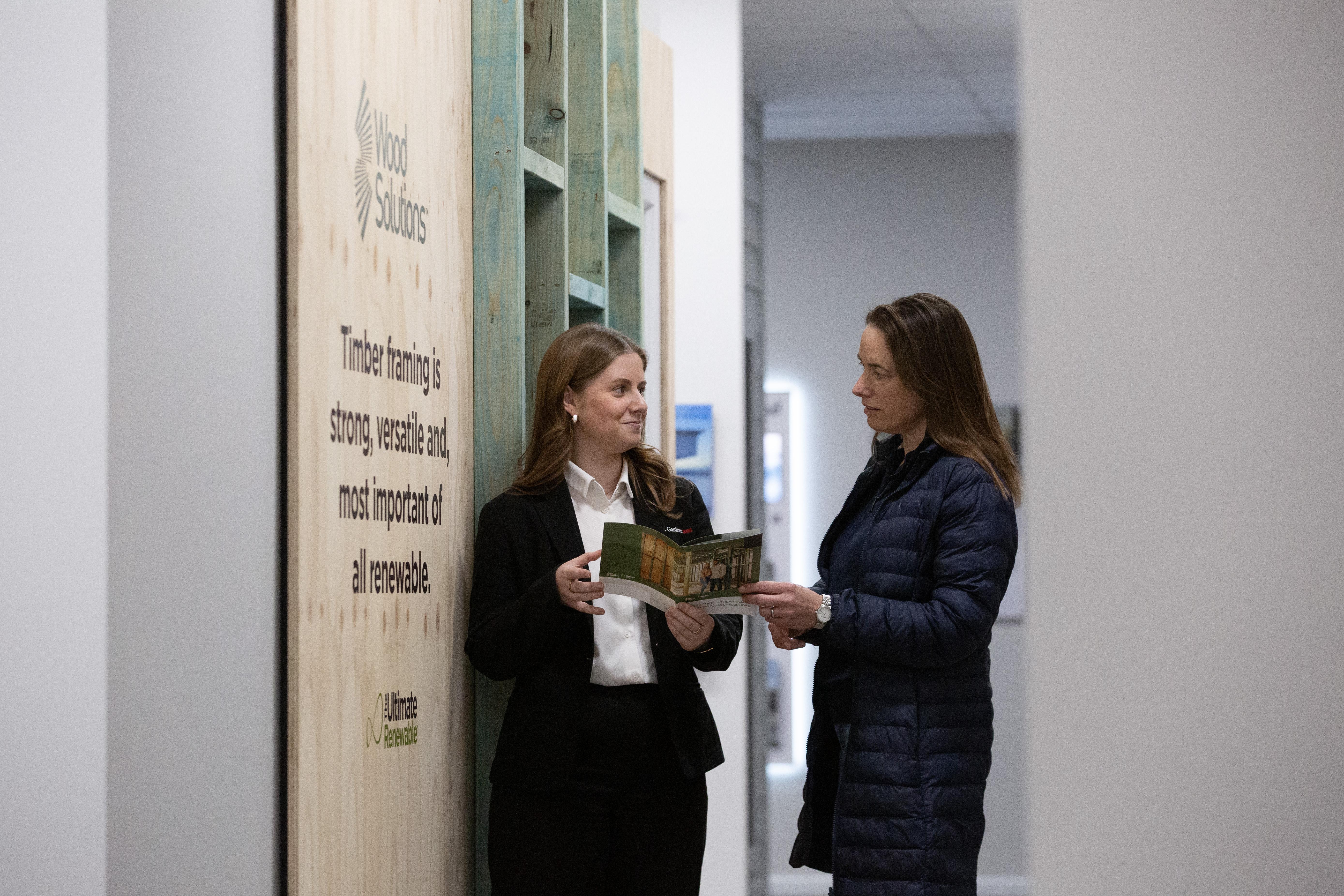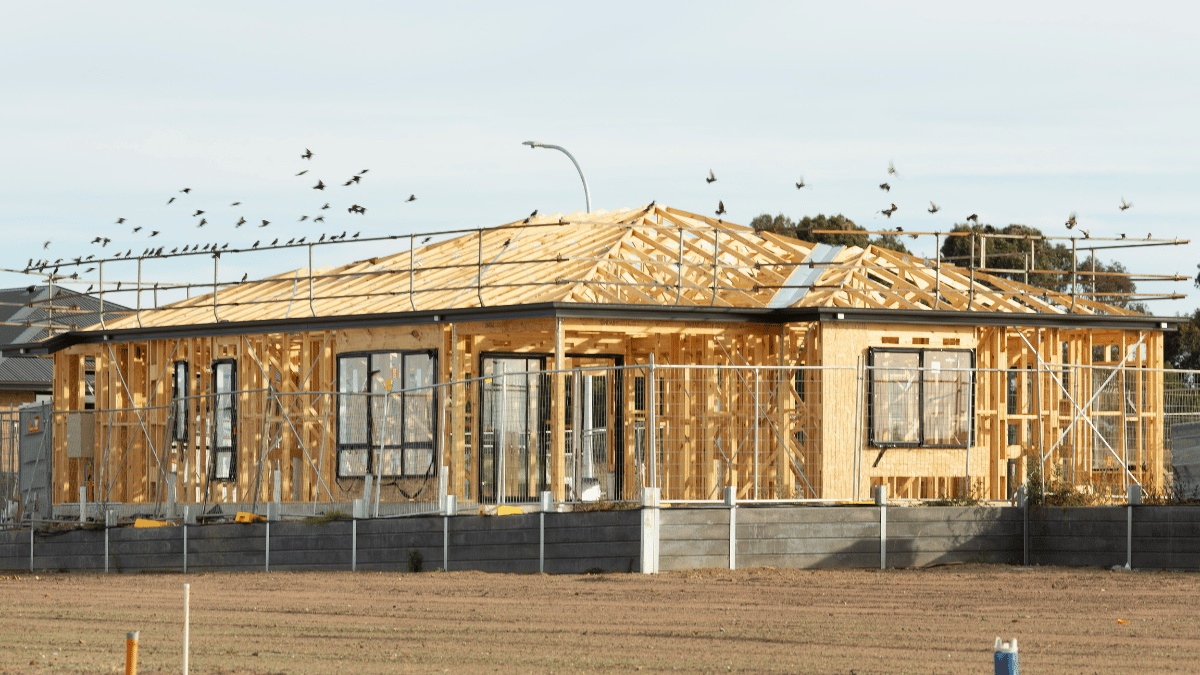Timber framing continues to be the preferred choice for Australian homebuilders and for good reason. Qualities like cost effectiveness, sustainability, adjustability, thermal properties and performance makes it a standout option in a competitive construction market.
When builders communicate these advantages to their clients, it not only positions their business as knowledgeable, trustworthy and aligned with best practice building methods but strengthens relationships, building connections on a shared commitment to sustainability.
Here’s a closer look at the six key benefits of timber framing:
1. Cost-effective and readily accessible
Compared to steel framing, timber is generally less expensive to purchase and transport, thanks to its lighter weight and Australia’s well-established timber supply network.
For builders, this means lower upfront material costs and fewer logistical delays. With timber widely available across most regions, projects can progress quickly and predictably - keeping schedules and budgets on track.
2. Ease of workability and modification
Timber’s workability is one of the reasons so many trades prefer it. It can be cut, shaped, adjusted and modified using standard tools, with no need for specialised welding equipment or advanced skills.
This simplicity translates into faster installation, reduced labour costs and greater flexibility on site. If adjustments are needed (as they often are, with Murphy and his law common contenders on worksites), timber makes it easy to keep things moving without compromising quality.
3. Naturally insulating and energy efficient
Timber has excellent natural insulation properties, while steel conducts heat and cold. This means timber-framed homes naturally regulate temperature better, reducing reliance on heating and cooling.
Steel frames can create thermal bridges that transfer heat into or out of a home, reducing overall efficiency. Timber avoids this issue, helping homeowners enjoy improved comfort and lower energy bills. Over time, this contributes to meaningful savings across the life of the home.
4. A sustainable material with environmental benefits
When sourced from sustainably managed forests, as nearly all Australian softwood plantations are, timber is a truly renewable resource. It requires far less embodied energy to produce than steel and continues to store carbon absorbed during tree growth throughout its lifetime.
At end of life, timber is biodegradable, reducing waste and environmental impact. For builders working with eco-conscious clients, this makes timber a compelling choice that aligns with sustainability expectations. An interesting point to note is that trees absorb the most carbon during their early growth stages. When that timber is harvested and turned into products, the stored carbon remains locked inside. This creates an opportunity to plant new trees, continuing the cycle of carbon absorption and storage.
5. Strong, flexible and reliable
Despite its light weight, timber has an impressive strength-to-weight ratio suited to residential applications. Its natural flexibility can also provide performance advantages in environments affected by ground movement or minor seismic activity.
Timber’s forgiving nature makes it easier to attach finishes, fixtures and fittings, saving both time and complexity during internal fit-out. And unlike steel, timber won’t rust or corrode in moisture-prone areas, supporting long-term structural integrity.
6. Practical advantages: it makes life easier!
Timber framing’s proven track record is backed by decades of builder experience and well-established building codes. Most contractors are already highly familiar with timber, streamlining construction and project coordination.
That familiarity pairs with practical realities of the average worksite - running electrical wiring and plumbing through wooden studs is simpler compared to metal framing, reducing labour time and offering more flexibility during rough-in. For minor installation errors, timber is also far more forgiving!
Timber framing gives builders a combination of performance, practicality, cost efficiency and sustainability that few materials can match. These insights can support builders in their conversations with clients and, in turn, help grow a broader base of advocates for this renewable, durable and sustainable material.



